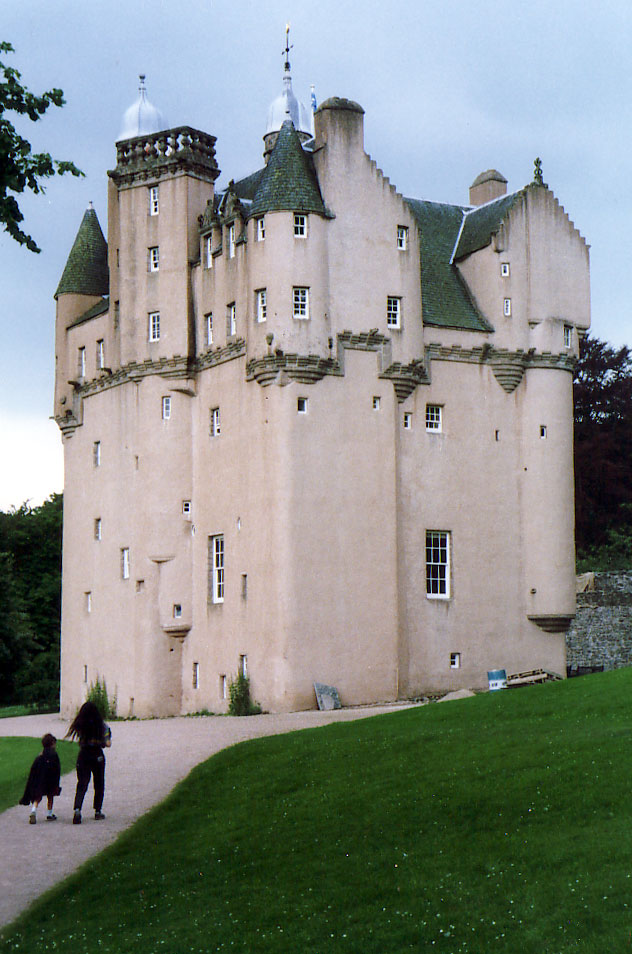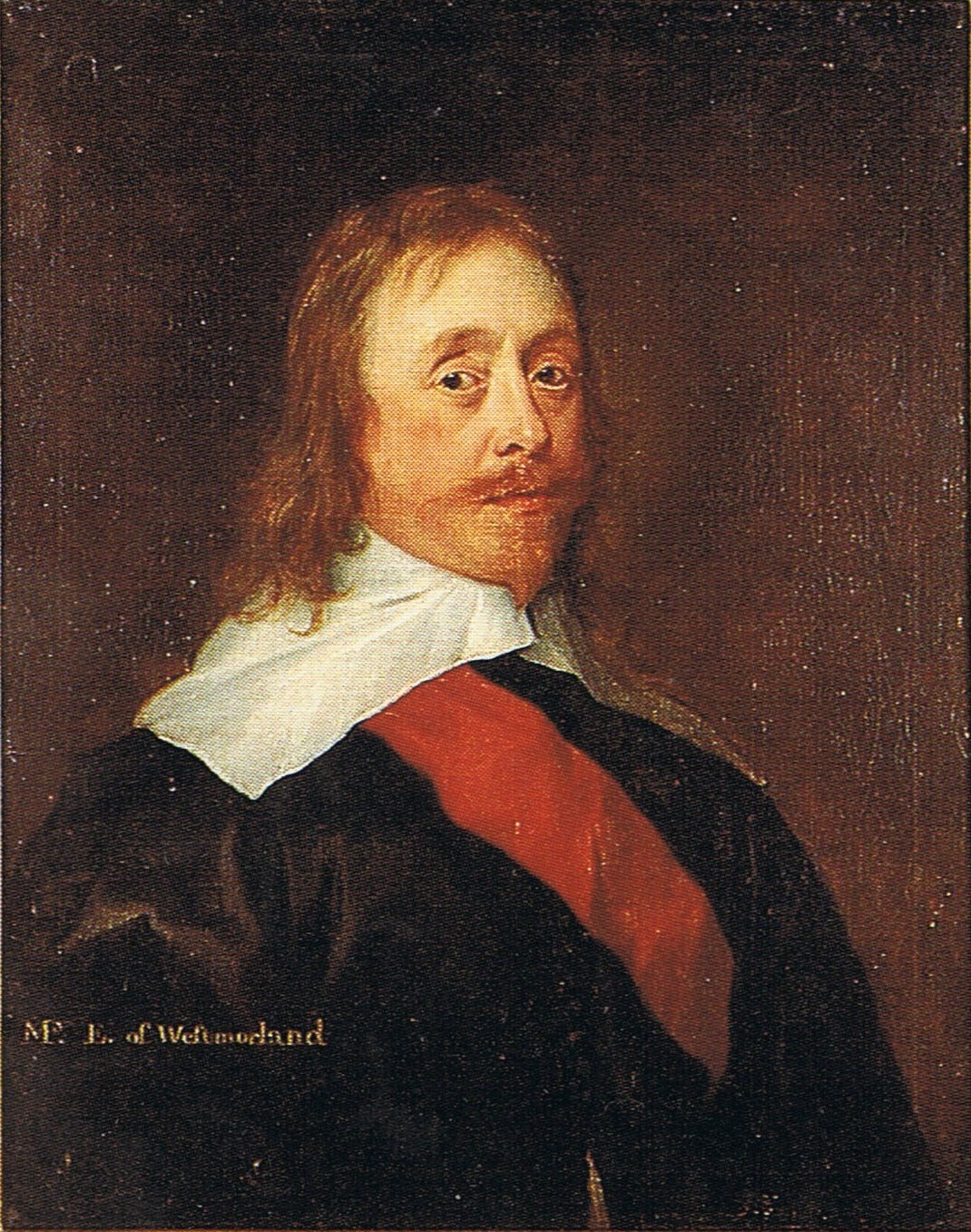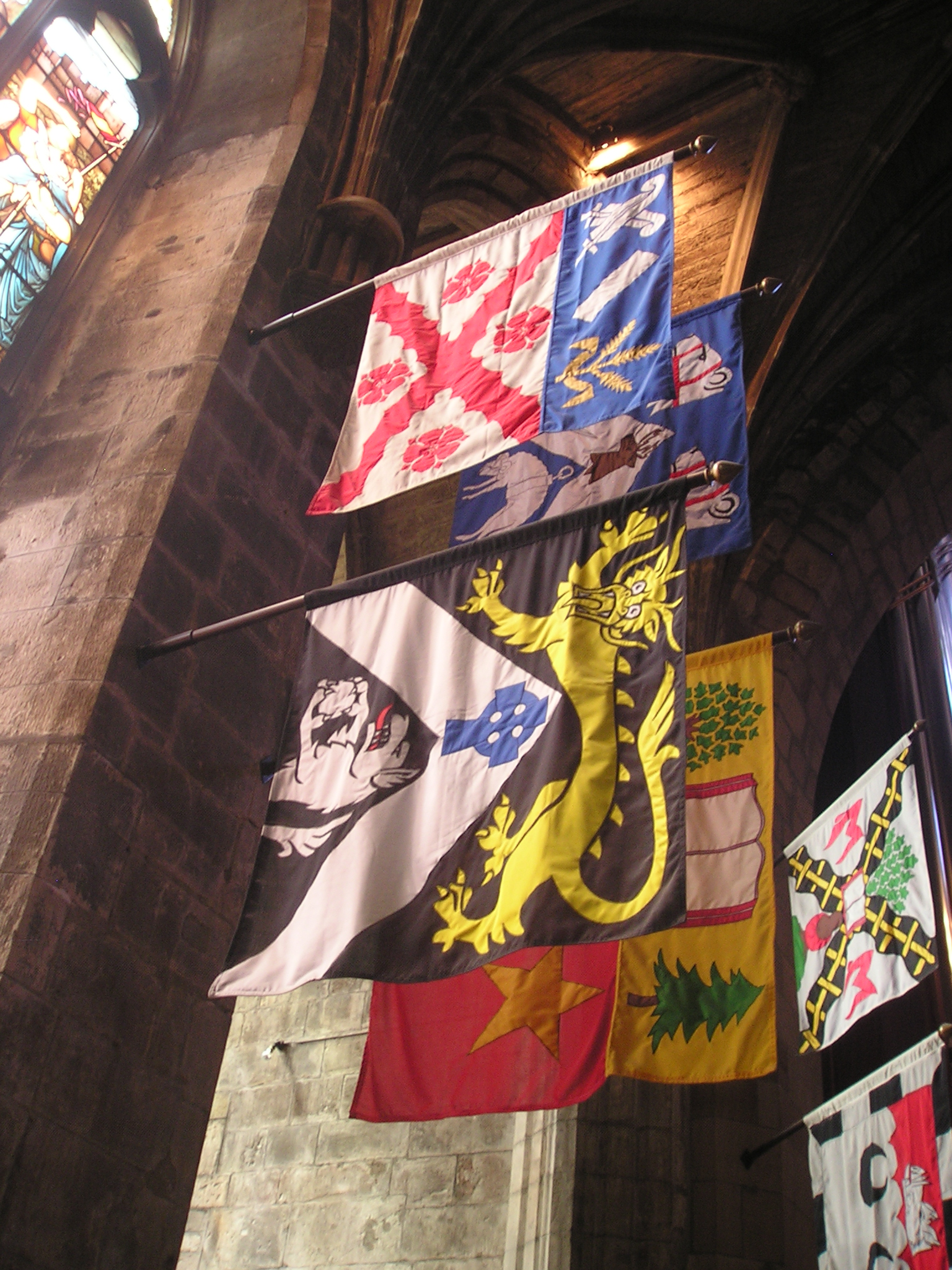|
Culzean Castle
Culzean Castle ( , see yogh; ) is a castle overlooking the Firth of Clyde, near Maybole, Carrick, in South Ayrshire, on the west coast of Scotland. It is the former home of the Marquess of Ailsa, the chief of Clan Kennedy, but is now owned by the National Trust for Scotland. The clifftop castle lies within the Culzean Castle Country Park and is opened to the public. From 1972 until 2015, an illustration of the castle was featured on the reverse side of five pound notes issued by the Royal Bank of Scotland. As of 2021, the castle was available for rent. History Culzean Castle was constructed as an L-plan castle by order of the 10th Earl of Cassillis. He instructed the architect Robert Adam to rebuild a previous, but more basic, structure into a fine country house to be the seat of his earldom. The castle was built in stages between 1777 and 1792. It incorporates a large drum tower with a circular saloon inside (which overlooks the sea), a grand oval staircase and a suite o ... [...More Info...] [...Related Items...] OR: [Wikipedia] [Google] [Baidu] |
National Trust For Scotland
The National Trust for Scotland () is a Scottish Building preservation and conservation trusts in the UK, conservation organisation. It is the largest membership organisation in Scotland and describes itself as "the charity that cares for, shares and speaks up for Scotland's magnificent heritage". The trust owns and manages around 130 properties and of land, including List of castles in Scotland, castles, ancient small dwellings, historic sites, Gardens in Scotland, gardens, coastline, mountains and countryside. It is similar in function to the National Trust, which covers England, Wales, and Northern Ireland, and to National trust, other national trusts worldwide. History The trust was established in 1931 as the "National Trust for Scotland for Places of Historic Interest or Natural Beauty", following discussions held in the smoking room of Pollok House. The Trust was incorporated on 1 May 1931, with John Stewart-Murray, 8th Duke of Atholl being elected as its first presiden ... [...More Info...] [...Related Items...] OR: [Wikipedia] [Google] [Baidu] |
Culzean Castle House And Gardens 01
Culzean Castle ( , see Yogh#Scots, yogh; ) is a castle overlooking the Firth of Clyde, near Maybole, Carrick, Scotland, Carrick, in South Ayrshire, on the west coast of Scotland. It is the former home of the Marquess of Ailsa, the chief of Clan Kennedy, but is now owned by the National Trust for Scotland. The clifftop castle lies within the Culzean Castle Country Park and is opened to the public. From 1972 until 2015, an illustration of the castle was featured on the reverse side of Banknotes of the pound sterling, five pound notes issued by the Royal Bank of Scotland. As of 2021, the castle was available for rent. History Culzean Castle was constructed as an L-plan castle by order of the David Kennedy, 10th Earl of Cassilis, 10th Earl of Cassillis. He instructed the architect Robert Adam to rebuild a previous, but more basic, structure into a fine country house to be the seat of his earldom. The castle was built in stages between 1777 and 1792. It incorporates a large drum t ... [...More Info...] [...Related Items...] OR: [Wikipedia] [Google] [Baidu] |
Archibald Kennedy, 1st Marquess Of Ailsa
Archibald Kennedy, 1st Marquess of Ailsa, Order of the Thistle, KT, Royal Society, FRS (February 1770 – 8 September 1846), styled Lord Kennedy between 1792–4 and known as the Earl of Cassillis between 1794 and 1831, was a British peerage, Scottish peer. Early life Kennedy was the eldest son of Archibald Kennedy, 11th Earl of Cassilis, Archibald Kennedy, 11th Earl of Cassillis, by Anne, daughter of John Watts. He became known by the courtesy title Lord Kennedy when his father succeeded to the earldom of Cassillis in 1792. Career Kennedy succeeded to the earldom on the death of his father 30 December 1794. He sat in the House of Lords as a List of Scottish representative peers, Scottish representative peer between 1796 and 1806. In the latter year, he was created Baron Ailsa, of Ailsa in the Ayrshire, County of Ayr, in the Peerage of the United Kingdom, which entitled him to an automatic seat in the House of Lords. He was admitted a Fellow of the Royal Society on 18 February 18 ... [...More Info...] [...Related Items...] OR: [Wikipedia] [Google] [Baidu] |
Distinguished Service Order (United Kingdom)
The Distinguished Service Order (DSO) is a military award of the United Kingdom, as well as formerly throughout the Commonwealth, awarded for operational gallantry for highly successful command and leadership during active operations, typically in actual combat. Equal in British precedence of military decorations to the Conspicuous Gallantry Cross and Royal Red Cross, since 1993 the DSO is eligible to all ranks awarded specifically for "highly successful command and leadership during active operations". History Instituted on 6 September 1886 by Queen Victoria by Royal Warrant published in ''The London Gazette'' on 9 November, the first DSOs awarded were dated 25 November 1886. The order was established to recognise individual instances of meritorious or distinguished service in war. It is a military order, and was, until recently, typically awarded to officers in command above the rank of major (or equivalent), with awards to lower ranks usually being for a high degr ... [...More Info...] [...Related Items...] OR: [Wikipedia] [Google] [Baidu] |
Companion Of The Bath
The Most Honourable Order of the Bath is a British order of chivalry founded by King George I on 18 May 1725. Recipients of the Order are usually senior military officers or senior civil servants, and the monarch awards it on the advice of His Majesty's Government. The name derives from an elaborate medieval ceremony for preparing a candidate to receive his knighthood, of which ritual bathing (as a symbol of purification) was an element. While not all knights went through such an elaborate ceremony, knights so created were known as "knights of the Bath". George I constituted the Knights of the Bath as a regular military order. He did not revive the order, which did not previously exist, in the sense of a body of knights governed by a set of statutes and whose numbers were replenished when vacancies occurred. The Order consists of the Sovereign of the United Kingdom (currently King Charles III), the Great Master (currently William, Prince of Wales), and three Classes of memb ... [...More Info...] [...Related Items...] OR: [Wikipedia] [Google] [Baidu] |
Knight Commander Of The Order Of The British Empire
The Most Excellent Order of the British Empire is a British order of chivalry, rewarding valuable service in a wide range of useful activities. It comprises five classes of awards across both civil and military divisions, the most senior two of which make the recipient either a Orders, decorations, and medals of the United Kingdom#Modern honours, knight if male or a dame (title), dame if female. There is also the related British Empire Medal, whose recipients are affiliated with the order, but are not members of it. The order was established on 4 June 1917 by King George V, who created the order to recognise 'such persons, male or female, as may have rendered or shall hereafter render important services to Our Empire'. Equal recognition was to be given for services rendered in the UK and overseas. Today, the majority of recipients are UK citizens, though a number of Commonwealth realms outside the UK continue to make appointments to the order. Honorary awards may be made to cit ... [...More Info...] [...Related Items...] OR: [Wikipedia] [Google] [Baidu] |
Horatius Murray
General Sir Horatius Murray, (18 April 1903 – 1989) was a senior British Army officer who served with distinction during the Second World War and later in the Korean War. Early life and military career Educated at Peter Symonds School and the Royal Military College, Sandhurst, Horatius Murray joined the British Army and was commissioned as a second lieutenant into the Cameronians (Scottish Rifles) in 1923. He was promoted to lieutenant in 1925. In 1935 he was transferred to the Queen's Own Cameron Highlanders and advanced to the rank of captain. He attended the Staff College, Camberley for two years from January 1936. After Staff College he was given a staff posting at the War Office and was promoted to major in August 1940, by which time World War II had been raging for almost a year. Second World War Murray served in the Second World War, being appointed commanding officer of the 1st Battalion, Gordon Highlanders in 1941. In June 1942 the battalion, forming part of the ... [...More Info...] [...Related Items...] OR: [Wikipedia] [Google] [Baidu] |
General (United Kingdom)
General (or full general to distinguish it from the lower general officer ranks) is the highest rank achievable by serving officers of the British Army and the Royal Marines. The rank can also be held by Royal Marines officers in tri-service posts, for example, Generals Sir Gordon Messenger and Gwyn Jenkins, Sir Gwyn Jenkins, former Vice-Chief of the Defence Staff (United Kingdom), Vice-Chiefs of the Defence Staff. It ranks above Lieutenant-general (United Kingdom), lieutenant-general and, in the Army, is subordinate to the rank of Field marshal (United Kingdom), field marshal, which is now only awarded as an honorary rank. The rank of general has a NATO-code of Ranks and insignia of NATO, OF-9, and is a four-star rank. It is equivalent to a Admiral (Royal Navy), full admiral in the Royal Navy or an air chief marshal in the Royal Air Force. Officers holding the ranks of Lieutenant-general (United Kingdom), lieutenant-general and Major-general (United Kingdom), major-general m ... [...More Info...] [...Related Items...] OR: [Wikipedia] [Google] [Baidu] |
Guidon (heraldic Flag)
In heraldry and vexillology, a heraldic flag is a flag containing coats of arms, heraldic badges, or other devices used for personal identification. Heraldic flags include banners, standards, pennons and their variants, gonfalons, guidons, and pinsels. Specifications governing heraldic flags vary from country to country, and have varied over time. Types Pennon The pennon is a small elongated flag, either pointed or swallow-tailed (when swallow-tailed it may be described as a banderole). It was charged with the heraldic badge or some other armorial ensign of the owner, and displayed on his own lance, as a personal ensign. The ''pennoncelle'' was a modification of the pennon. In contemporary Scots usage, the pennon is 120 cm (four feet) in length. It tapers either to a point or to a rounded end as the owner chooses. It is assigned by the Lord Lyon King of Arms to any armiger who wishes to apply for it. Banner The banner of arms (also simply called ''banner'') is squar ... [...More Info...] [...Related Items...] OR: [Wikipedia] [Google] [Baidu] |
Cavalry Regiments Of The British Army
There are 13 cavalry regiments of the British Army each with its own unique cap badge, regimental traditions, and history. Of the currently nine regular cavalry regiments, two serve as armoured regiment (United Kingdom), armoured regiments, three as armoured cavalry regiments, three as light cavalry, and one as a mounted ceremonial regiment. There are also four yeomanry regiments of the Territorial Army (United Kingdom), Army Reserve, of these, three serve as light cavalry and one as an armoured regiment (United Kingdom), armoured regiment. Each yeomanry light cavalry unit has been paired with a regular unit of the same role, the armoured yeomanry unit is paired with the two regular armoured units (and a further armoured unit which is not cavalry). All except the Household Cavalry Regiment, Household Cavalry are part of the British Army's Royal Armoured Corps. History Early Regiments The British Army, in the modern sense of the standing army under the Crown, was formed followin ... [...More Info...] [...Related Items...] OR: [Wikipedia] [Google] [Baidu] |
Yeomanry
Yeomanry is a designation used by a number of units and sub-units in the British Army Reserve which are descended from volunteer cavalry regiments that now serve in a variety of different roles. History Origins In the 1790s, following the French Revolution and the rise of Napoleon Bonaparte, the perceived threat of invasion of the Kingdom of Great Britain was high. To improve the country's defences, Volunteer regiments were raised in many counties from yeomen. While the word "yeoman" in normal use meant a small farmer who owned his land, Yeomanry officers were drawn from the nobility or the landed gentry, and many of the men were the officers' tenants or had other forms of obligation to the officers. At its formation, the force was referred to as the Yeomanry Cavalry. Members of the yeomanry were not obliged to serve overseas without their individual consent. Early 19th century During the first half of the nineteenth century, Yeomanry Regiments were used extensively in ... [...More Info...] [...Related Items...] OR: [Wikipedia] [Google] [Baidu] |
Ayrshire (Earl Of Carrick's Own) Yeomanry
The Ayrshire (Earl of Carrick's Own) Yeomanry was a Regiment of the British Yeomanry and is now an armoured Squadron of the Scottish and North Irish Yeomanry (SNIY), part of the British Army Reserve. It is the Lowlands of Scotland's only Royal Armoured Corps Unit and has an unbroken history stretching back to the 1790s. The squadron is part of 51st (Scottish) Brigade within the Army's Support Command. On mobilisation, it provides squadrons to reinforce the regular Light Cavalry regiments. It has provided personnel to both Operation HERRICK in Afghanistan and Operation TELIC in Iraq, who have served with their regular counterparts in the Royal Armoured Corps and other arms and services. The Ayrshire Yeomanry has won numerous battle honours and one Victoria Cross. History Formation and early history The Ayrshire (Earl of Carrick's Own) Yeomanry was formed as an independent troop of Fencible Cavalry by The Earl of Cassillis sometime around 1794. It was formally adopted i ... [...More Info...] [...Related Items...] OR: [Wikipedia] [Google] [Baidu] |






